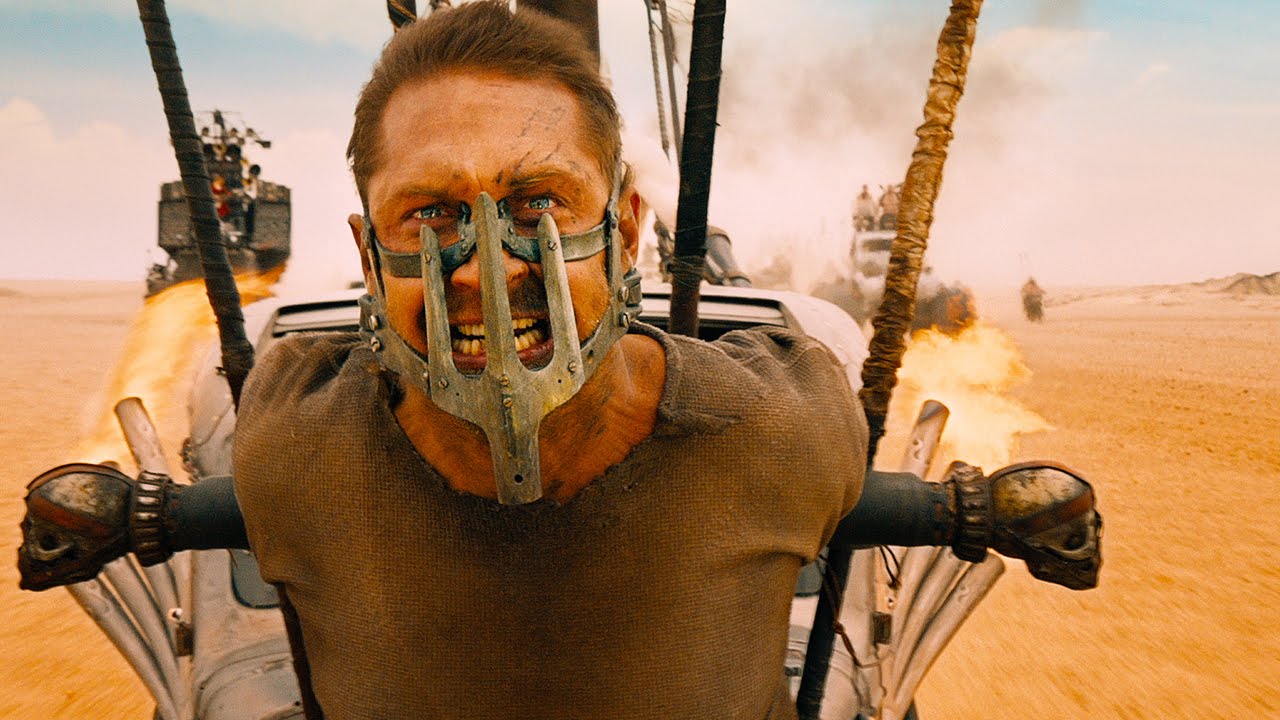|
In this article, we explore the origins and history of 'wirework' and share some important safety tips while also unpacking some of most common techniques used, and some of the best examples in film. 'Wirework' is a technique used in stunt performance and action films to create the illusion of superhuman feats such as flying, jumping or defying gravity. It involves the use of wires, harnesses, and rigging equipment to suspend actors in mid-air and allow them to perform impressive feats.
This technique has been used in various forms for many years, and its use has become increasingly prevalent in modern filmmaking. Origins and History of Wirework The origins of wirework can be traced back to traditional Chinese acrobatics, where performers used bamboo poles and ropes to perform stunts and aerial maneuvers. These techniques were later adapted for use in Chinese opera, where performers would use wire and rigging equipment to create the illusion of flying or levitating. This practice eventually spread to other forms of Chinese entertainment, such as films and television shows. The use of wirework in Western cinema can be traced back to the silent era of filmmaking. In 1923, the film "Safety Last!" starring Harold Lloyd featured a famous sequence where Lloyd climbed the side of a building and hung onto the hands of a large clock. This stunt was achieved using a combination of practical effects and wirework, with Lloyd being suspended on a harness and wires as he climbed the building. In the following decades, wirework became an increasingly popular technique in Hollywood films, particularly in action and science fiction genres. The James Bond film "You Only Live Twice" (1967) featured wirework in a scene where Sean Connery's character uses a jetpack to fly through the air. The Superman films of the 1970s and 80s also utilized wirework extensively to create the illusion of flight. Common Techniques Used in Stunt Performance and Action Films There are several techniques used in wirework to create the illusion of flight or other superhuman feats. These techniques are used in combination with practical effects and post-production editing to create a seamless visual effect. The most common techniques used in wirework include:
Best Examples of Wirework in Stunt Performance and Action Films Wirework has been used in many iconic films and television shows over the years. Here are some of the best examples:
Risks and Dangers of Wirework in Stunt Performance While wirework can create stunning visual effects on screen, it also carries significant risks for performers. The use of harnesses, rigging equipment, and wires can put pressure on the body and lead to physical injuries. If not properly managed, wirework can result in serious accidents and even death. One of the most significant risks of wirework is the compression of body parts. Harnesses and wires can put pressure on joints, arteries, and other parts of the body, leading to bruising, swelling, and nerve damage. If pressure is applied for long periods, it can also cause blood flow to be restricted, leading to more serious medical complications. Another risk is the potential for falls or collisions. Performers may be suspended at great heights or be required to move quickly and perform acrobatic maneuvers while attached to wires. If proper safety measures are not in place, this can result in falls, collisions, and other accidents. Spotting Potential Problems in Wirework Performers It is crucial for stunt coordinators and other members of the production team to monitor performers during wirework stunts and be able to recognize signs of potential problems. Some telltale signs that a performer may be experiencing discomfort or injury include:
It is essential for performers to communicate with the production team and for team members to be trained to recognize signs of potential problems. If any issues are detected, the performer should be immediately removed from the stunt and given medical attention. Wirework is a powerful tool for creating impressive stunts and visual effects in film and television. However, it carries significant risks for performers and must be managed carefully to avoid accidents and injuries. By following proper safety protocols and being trained to recognize potential problems, the risks of wirework can be minimized, and performers can continue to create stunning performances on screen. Comments are closed.
|
AuthorThis blog os co-authored by The ISA Team Archives
June 2024
Categories
All
|


 RSS Feed
RSS Feed

1/15/2023